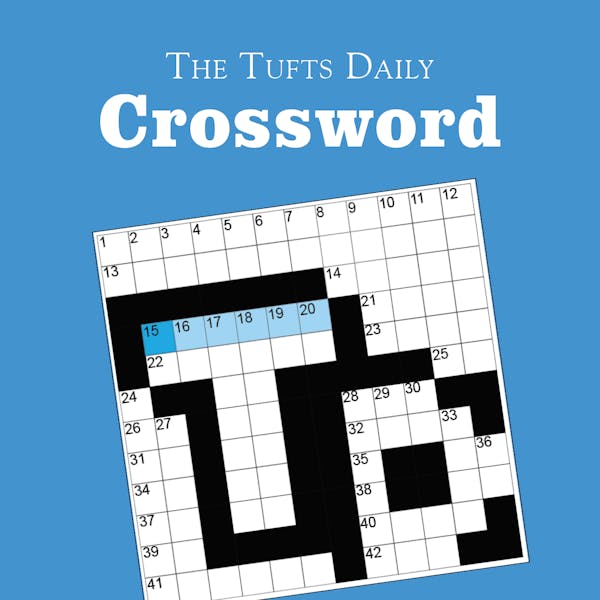Disclaimer: This article contains spoilers for “Once There Were Wolves” by Charlotte McConaghy
Okay, so here’s some background on this book of choice. Two years ago, I was coming off the high of finally getting back into reading books (shocking, I know, considering the reputation I’ve gained since then). I had just finished reading “Where the Crawdads Sing” by Delia Owens. It was the only ‘mainstream’ book I had read in a while, so it was the only thing to go off of when the librarian asked me what type of book I was interested in reading.
When I said I enjoyed “Where the Crawdads Sing,” I think what the librarian took away from that answer was that I was looking for more environmentally conscious, nature conservation-esque books. Maybe add a little bit of murder mystery to keep the readers hooked, a sprinkling of generational trauma and some questionable love interests for good measure. Swirl all those together, and you get “Once There Were Wolves.”
Passionate about rewilding efforts in the Scottish Highlands? Keen on understanding the territorial habits and mating patterns of wolves? Have an identical twin sister who is so haunted by the trauma of her past relationship that she can’t leave the house and only communicates in sign language? Then this book is for you!
You’ve got your main protagonist, Inti, who has made it her life’s mission to bring wolves back as the natural apex predators to keep the deer population in check and ensure wildlife can regrow. You’ve got Duncan — the ~mysterious~ neighbor who is rumored to be having an affair with a married woman, may have killed his father and, last but certainly not least, is a cop. Of course, you’ve got three packs of wolves, each with their own storyline portraying the brutality, but also the beauty, of nature.
I’ll leave the complicated dynamics and wondrous descriptions of Scotland for you to enjoy and instead just focus on two things that stuck out to me.
One, I cannot be the only one who was unbelievably confused about Inti and her twin sister Aggie for like the first half of the book. The author doesn’t use the word ‘twin’ to describe them until the latter half and instead opts for really codependent phrases to imply that they never do anything, or go anywhere, without the other — even to the point of manipulating a romantic partner. It took me until this one scene, where Inti processes that Aggie has fallen into a dangerously depressive state because Inti can no longer recognize her own body when looking at Aggie, that everything finally clicked. I don’t know; it just felt like such a bizarre way of describing their connection. But maybe the author intentionally did so as a commentary on the dangers of codependency and tying your own well-being to someone else. No idea.
Two, last semester in London, I took a class on the politics of nature, where group discussions embraced terms like ‘eco-fascism’ and ‘the sexuality of meat’ without batting an eye. So when one of those terms (I’ll leave you to guess which one) randomly decided to pop up in this book, I was so caught off guard that I audibly yelped.
So, to my former classmates, just know that I miss y’all!
Anyways, this book was honestly a really fast read, with some deeply ingrained trauma and a writing style that makes you feel like you’re floating above the narrative instead of walking alongside it. If you’re willing to overlook that and enjoy a bit of nature-inspired murder mystery, then this is the book for you.






